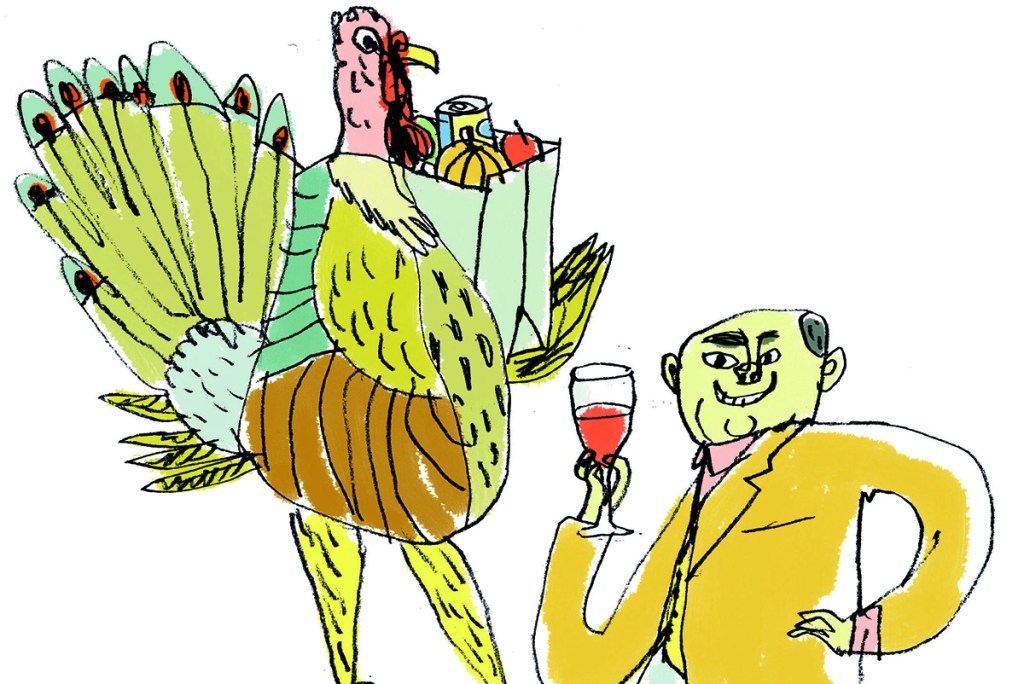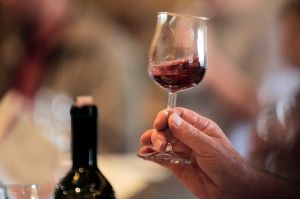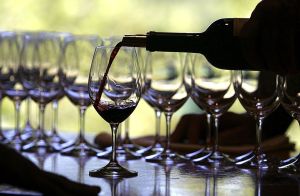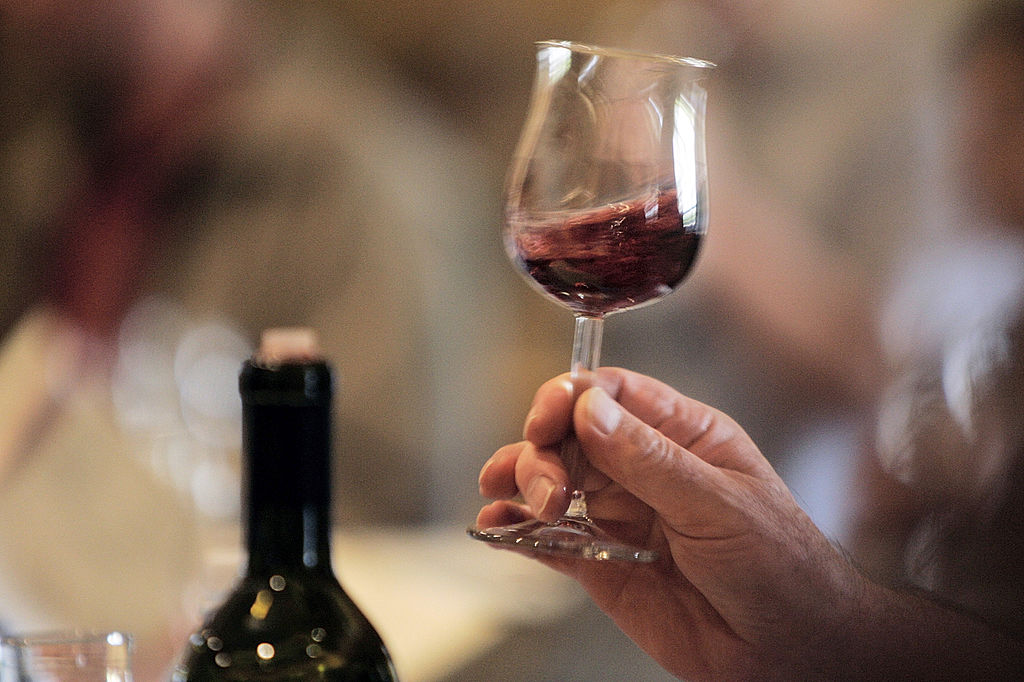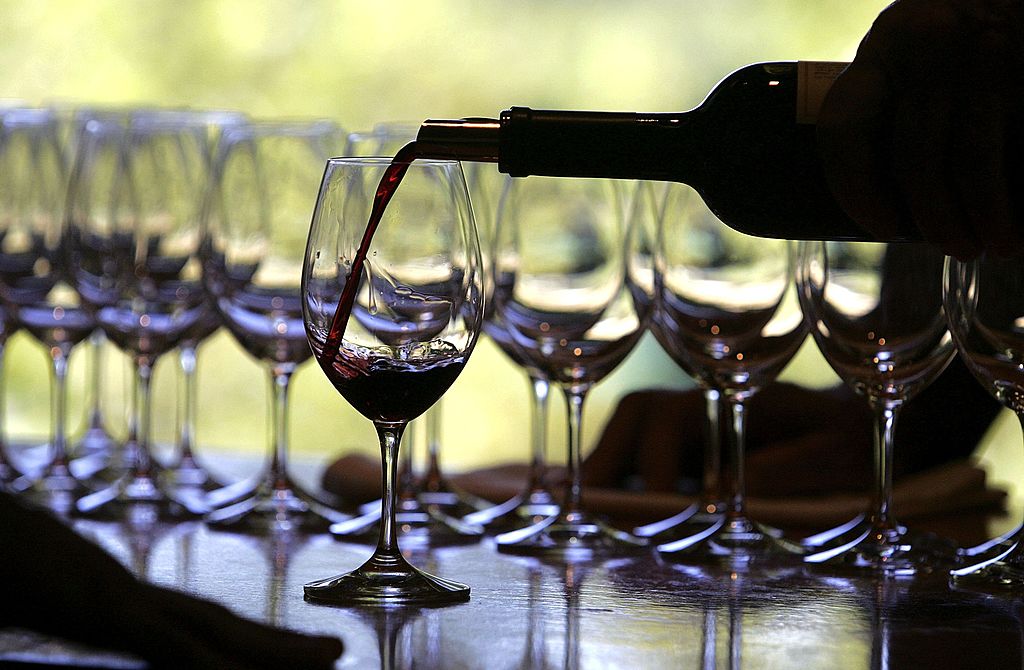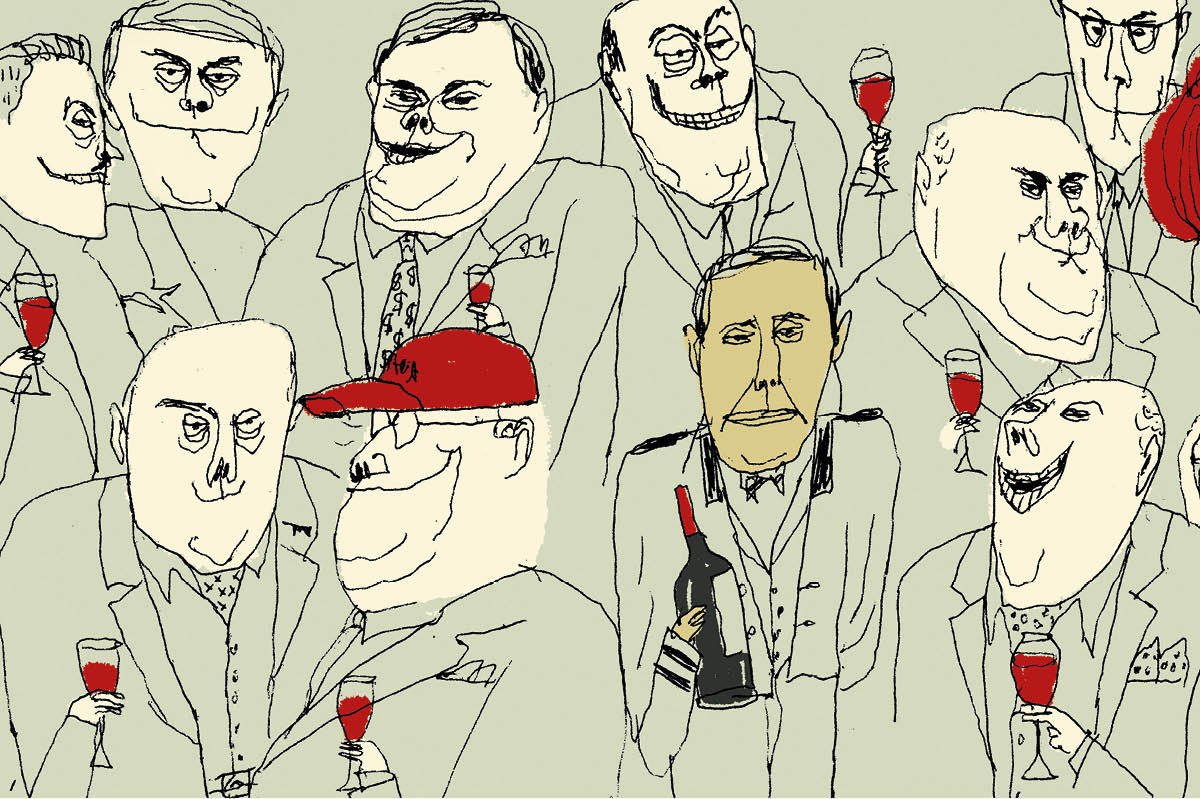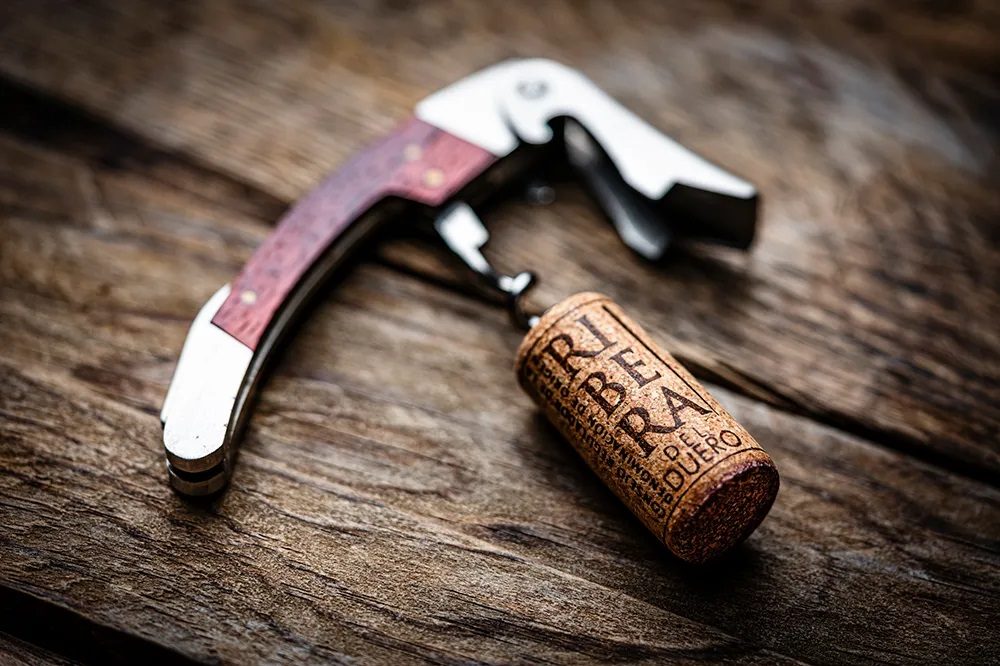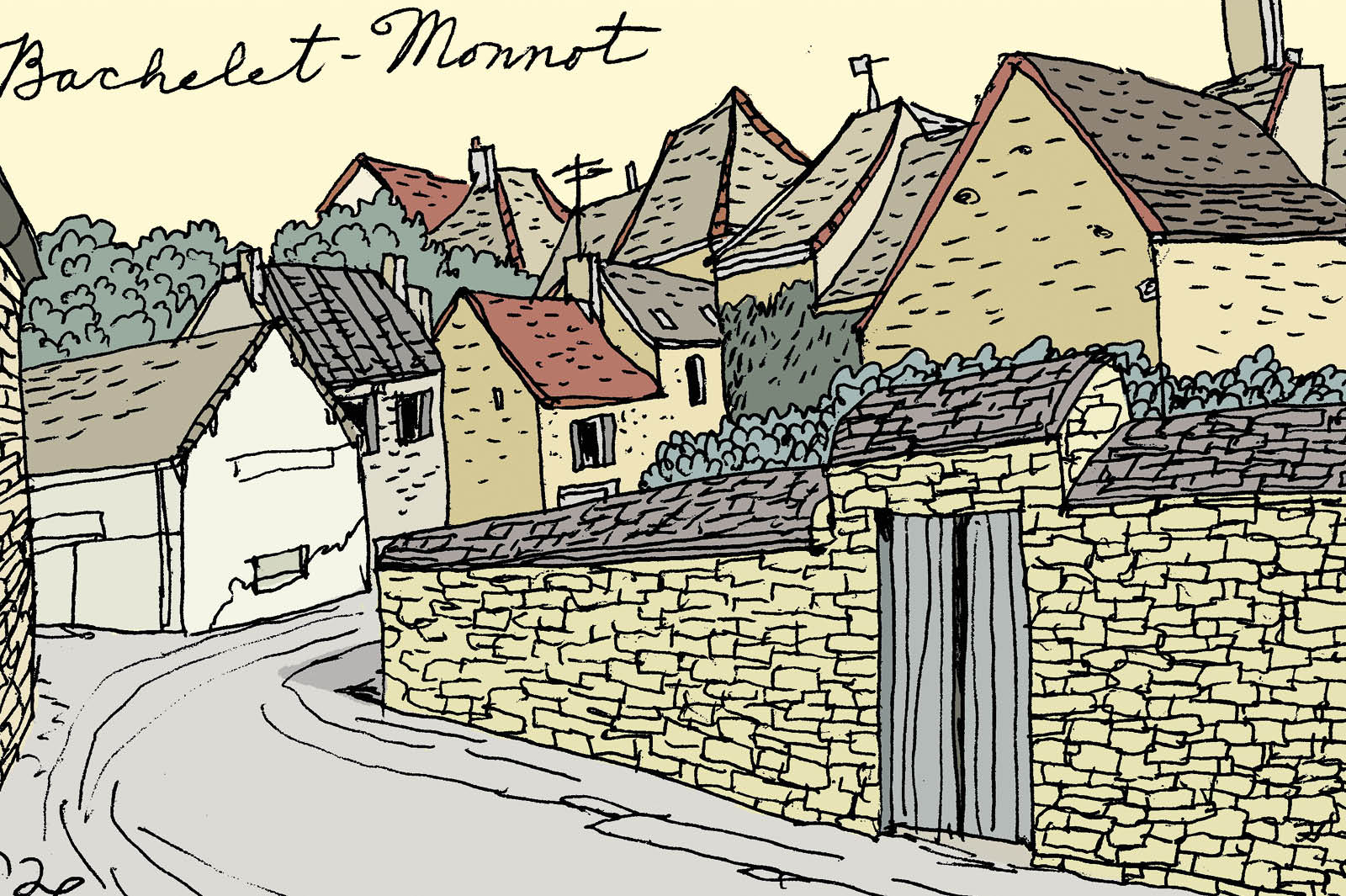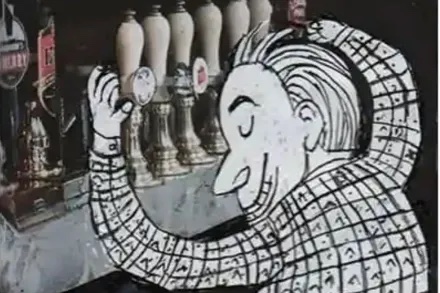According to Tennyson, ‘in the spring, a young man’s fancy lightly turns to thoughts of love’. Be that as it trochee, in the autumn a man of any legal age abandons rosé and moves on to Cabernet. If he is broadminded, he also makes a spot in his heart for Chablis, which I’ll come to in a moment.
First, some anthropological, or perhaps I mean ethological, news. A friend recently passed along a slender but improving book called Wine: the Source of Civilization. Written by John J. Mahoney, a ‘certified wine educator’, it is full of edifying revelations. Right at the beginning, we have this bulletin:
‘Man did not settle from nomadic travels to build cities and civilization, and then develop wine. Mankind stumbled onto wine by accidentally tasting fermented grapes, and then changed from being hunters and gatherers into farmers and ranchers so he could grow, produce, and enjoy wine whenever he wanted it. I hadn’t known, but it certainly explains a lot of world history and leads to this gratifying conclusion: “That desire to have wine led to the building of civilizations and empires, and not the other way around as the general consensus teaches.”’
File it under ‘too good to check.’ Now, on to the Claret. I have two modest but delightful wines to share with you. One is an old favorite, a Médoc called Château Greysac, which I may have been suckled on but in any case have been imbibing at least since my bright college years. Château Greysac is just north of St Estephe on the Gironde in the hamlet of Begadan, and although predominantly Merlot (65 percent) has to my palate a classic Cabernet nose and taste. In fact, it is only 29 percent Cabernet (the balance of the cépage is Cabernet Franc and Petit Verdot) and, at about $22-25 a bottle for the 2016 vintage, is a delightful way to negotiate the transition from summer to fall. Greysac is a Toyota of wines. I mean that as a compliment: it is not flashy, not luxurious, but it is reliable, familiar, and gemütlich.
A little flashier and more festive is Les Hauts du Tertre, the second wine of the venerable Château du Tertre, a fifth-growth Margaux that dates, in one incarnation or another, from the 12th century. I had it with a group of serious thinkers at a Manhattan restaurant that was good but which I forbear to name because it, like so many New York eateries these days, not only requires that patrons produce a card attesting to the fact that they have been vaccinated, but also some official identification. You perhaps thought that requiring that one carry one’s papier was a practice confined to totalitarian states. Well, maybe you are right. But the demand is a common and deplorable practice in New York restaurants these days. Ergo? The syllogism is not difficult to unravel.
But I digress. The 2016 Les Hauts du Tertre, a bottle of which can be yours for about $30, is a pleasing, full-bodied wine, well-structured with lots of tannin but also lots of fruit. I had never had it before and, having made the acquaintance of the family, intend to cadge an introduction to its big brother, which by all accounts is richer, more complex, more lingering. It is also about $15 more expensive.
Finally, that Chablis I promised to discuss. It was the Montmains premier cru from Domaine Denis Race, which makes ordinary Chablis and a Grand Cru as well. This, too, was a first for me. The 2018 vintage, which was showing nicely, is also about $30. Its flinty sumptuousness, so typical of good Chablis, was the perfect inducement to forget about the aspiring gauleiters barking to see our papers. Together with the noble Margaux, it made for a festive evening.
This article was originally published in The Spectator’s November 2021 World edition.



